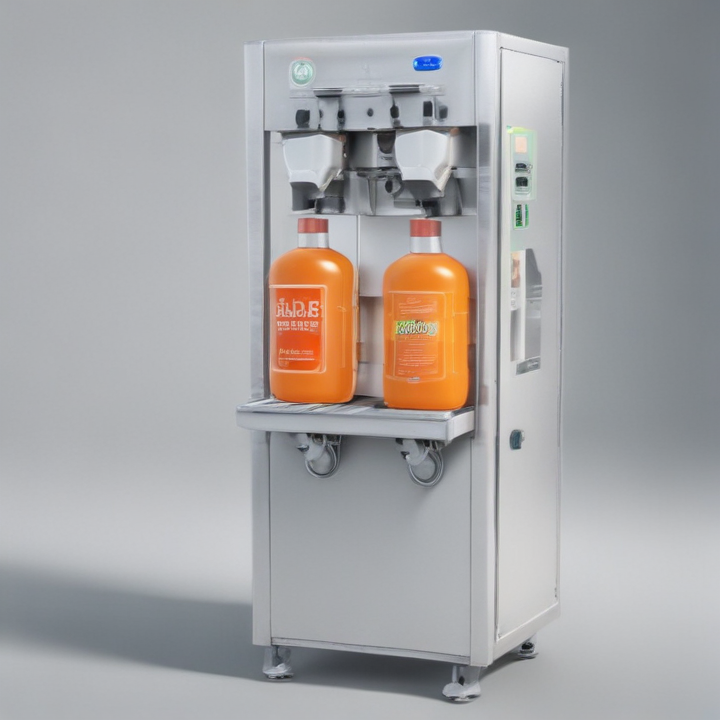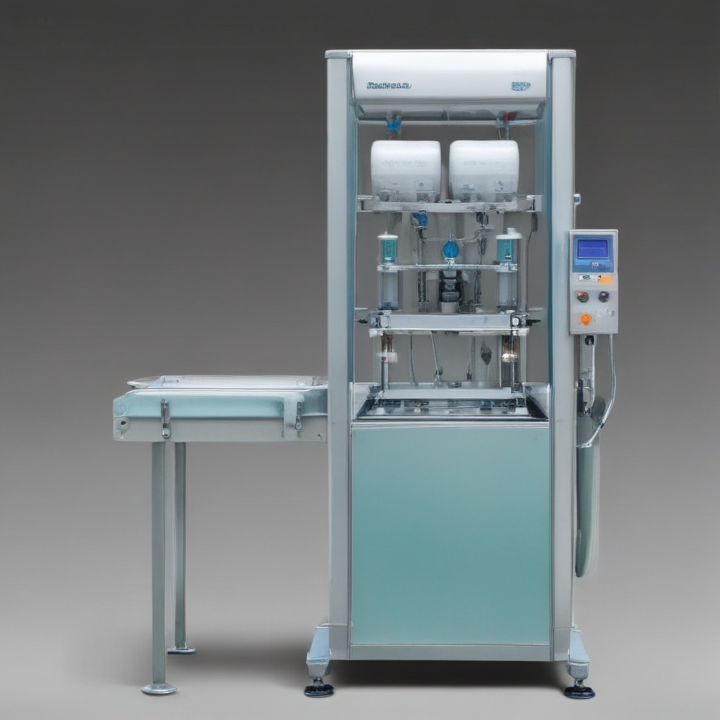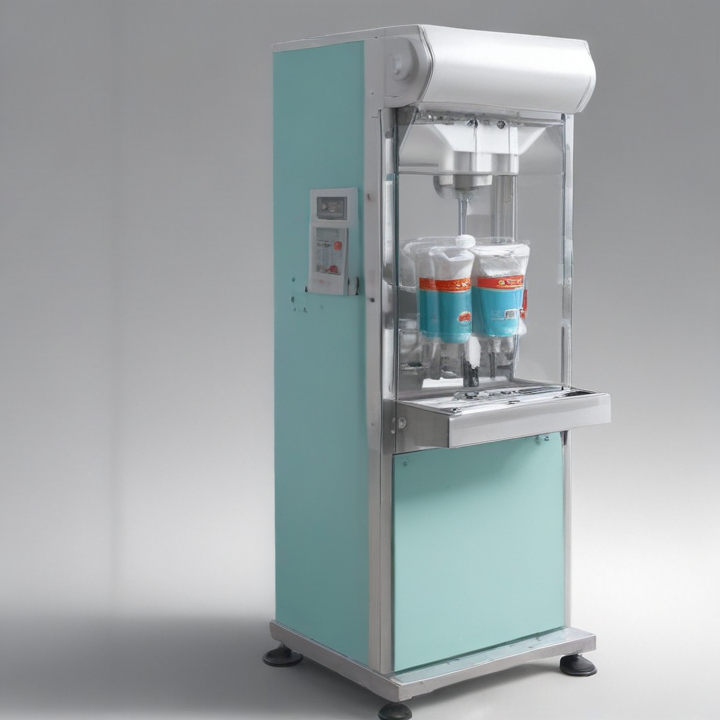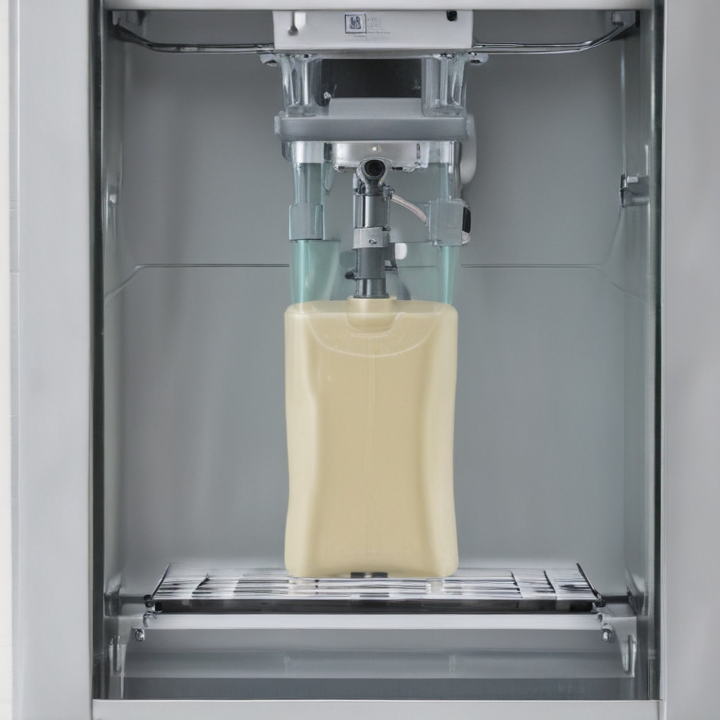List Technical Parameters of “shampoo packing machine”
The technical parameters of a shampoo packing machine are crucial for ensuring efficient and high-quality operation. Below are essential parameters typically associated with these machines:
1. Machine Model: Specific model and type (e.g., VFFS, HFFS).
2. Packing Speed: Indicates how many packs can be produced per minute (e.g., 30-80 packs/min).
3. Filling Range: The volume of shampoo the machine can dispense per pack (e.g., 5-200 ml).
4. Packing Material: Types of packaging material the machine can handle (e.g., polyethylene, laminated film).
5. Seal Type: Mechanism and quality of the seal (e.g., heat-sealing, vacuum sealing).
6. Bag Dimensions: Specified range for bag width and height (e.g., 50-200 mm width, 50-300 mm height).
7. Power Supply: Electrical specifications suitable for operation (e.g., 220V, 50/60Hz).
8. Power Consumption: Energy used during operation (e.g., 2.5 kW).
9. Machine Dimension: Physical space the machine occupies (e.g., 1200 x 1100 x 2000 mm).
10. Weight: Total weight of the machine (e.g., 600 kg).
11. Control System: Type of control interface and automation level (e.g., PLC control, touch screen).
12. Accuracy: Filling accuracy margin (e.g., ±1%).
13. Air Supply: Compressed air requirements (e.g., 0.6 MPa).
14. Noise Level: Operating noise (e.g., < 75 dB).
15. Material Contact Parts: Quality of materials in contact with shampoo (e.g., SS304 or SS316 stainless steel, food-grade compliance).
16. Output Conveyor: Specifications of the conveyor belt system for finished products.
17. Additional Features: Optional features like date coding, batch printing, and easy-open notches.
These parameters help in selecting the right shampoo packing machine that meets your production requirements and ensures optimal efficiency.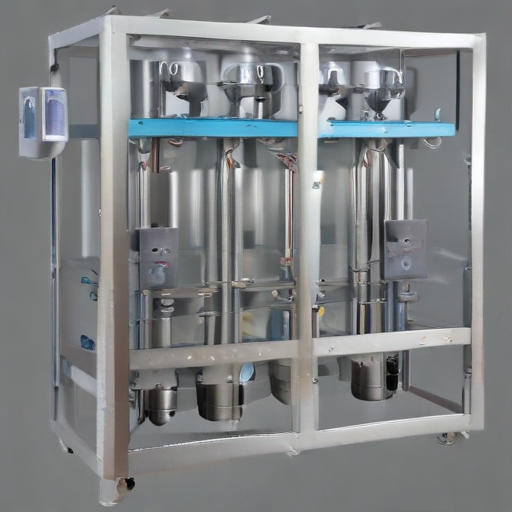
List Product features of “shampoo packing machine”
Product Features of Shampoo Packaging Machine:
1. Versatile Packaging Capabilities: Suitable for a variety of packaging styles including sachets, pouches, and bottles.
2. Automated Operation: Equipped with an advanced PLC (Programmable Logic Controller) system for fully automated operations, reducing the need for manual intervention.
3. High Precision Filling: Uses advanced volumetric or servo pump systems for precise filling of shampoo, ensuring consistent product quantity.
4. Speed and Efficiency: Capable of high-speed filling and packing, enhancing productivity and meeting high-demand requirements efficiently.
5. User-Friendly Interface: Touchscreen HMIs (Human-Machine Interfaces) with intuitive controls for easy operation and quick adjustments.
6. Durability and Robust Construction: Made from high-quality, corrosion-resistant stainless steel, ideal for handling liquid products.
7. Hygienic Design: Compliance with GMP (Good Manufacturing Practice) standards to ensure sanitary conditions and avoid contamination.
8. Customizable Options: Flexible to accommodate different packaging sizes and volumes, adaptable to various product specifications.
9. Safety Features: Integrated safety mechanisms like emergency stop buttons, overload protection, and safety guards to ensure workplace safety.
10. Low Maintenance: Designed for easy cleaning and maintenance, minimizing downtime and extending machine life.
11. Energy Efficiency: Optimized for low power consumption, contributing to cost savings and environmental sustainability.
12. Accurate Sealing Technology: Advanced sealing systems ensure leak-proof and tamper-evident packaging.
13. Integration Capability: Can be easily integrated with other production line equipment, such as mixers, cappers, and labelers, for a seamless workflow.
14. Remote Monitoring and Diagnostics: Some models offer IoT-enabled remote diagnostics and maintenance support for minimized disruptions.
15. Eco-Friendly Options: Availability of eco-friendly packaging material compatibility for sustainable packaging solutions.
List Application of “shampoo packing machine”
A shampoo packing machine is a specialized device used in the packaging industry to automate the process of filling and sealing shampoo into various types of containers. Here are several key applications of shampoo packing machines:
1. Bottling:
– Small Bottles: Efficiently packages shampoo into small travel-size bottles.
– Standard Bottles: Commonly used for standard retail-size shampoo bottles.
2. Pouches and Sachets:
– Single-Use Sachets: Ideal for producing single-use sachets for promotional samples or travel amenities.
– Multi-Use Pouches: Suitable for larger pouches intended for multiple uses, often used in eco-friendly or refillable packaging concepts.
3. Tube Filling:
– Travel Tubes: Applies for filling shampoos in small, squeezable travel tubes.
– Consumer-Size Tubes: Used for retail consumer-size tubes, often seen in high-end or specialty shampoos.
4. Bulk Packaging:
– Large Containers: Suitable for filling bulk shampoo containers used in professional settings such as salons and spas.
5. Custom Containers:
– Diverse Shapes: Can handle uniquely shaped or customized containers, enhancing brand differentiation.
6. Labeling and Branding:
– Automatic Labeling: Integrated functionalities for labeling packaging, ensuring proper branding and informational compliance.
– Batch Coding: Imprints dates and batch codes for trackability and quality control.
7. Quality Control:
– Seal Integrity Check: Ensures proper sealing of packages to maintain hygiene and extend shelf life.
– Weight and Volume Control: Guarantees precise amounts of shampoo are packed to meet product specifications.
8. Environmental and Cost Efficiency:
– Sustainable Packaging: Integrates with eco-friendly materials and methods, supporting sustainability initiatives.
– Labor Savings: Reduces manual labor, enhancing productivity and reducing operational costs.
Shampoo packing machines significantly streamline the packaging process, enhance efficiency, ensure consistency, and support marketing and sustainability efforts within the personal care industry.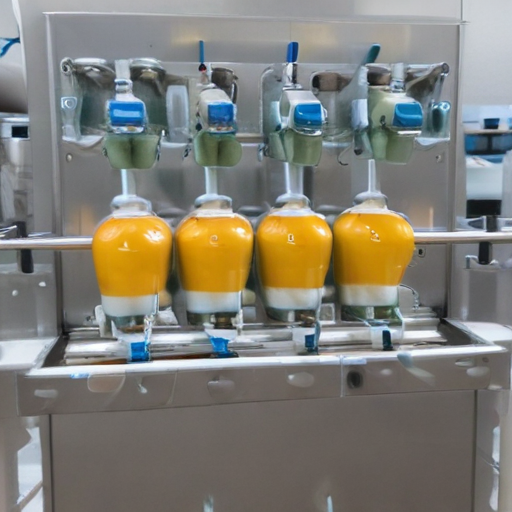
List Various Types of “shampoo packing machine”
Here are various types of shampoo packing machines that are commonly used in the industry to package liquid or gel shampoo products:
1. Vertical Form Fill Seal (VFFS) Machines:
– These machines form sachets or pouches from roll stock film and fill them with shampoo before sealing.
– Ideal for single-use or sample-sized packs.
2. Horizontal Form Fill Seal (HFFS) Machines:
– They form, fill, and seal pouches or sachets horizontally.
– Suitable for larger pouches and products requiring a horizontal layout.
3. Automatic Liquid Filling Machines:
– These machines are designed for filling bottles or containers with liquid shampoo.
– They can be linear or rotary systems, often equipped with multiple nozzles for faster filling.
4. Stand-Up Pouch Filling Machines:
– Specifically for creating stand-up pouches with a spout, zipper, or other closures.
– Ideal for family-sized or refill packs.
5. Paste Filling Machines:
– Designed for thicker shampoo formulations, these machines can handle viscous products.
– Often equipped with piston fillers for accurate dosing.
6. Sachet Packing Machines:
– Focused on small, single-use sachets.
– They can pack multiple sachets at once in single or multi-lane formats.
7. Bottle Capping Machines:
– These machines cap the bottles after they have been filled with shampoo.
– Can be combined with filling machines for an integrated solution.
8. Cartoning Machines:
– Automate the process of placing shampoo bottles or sachets into cartons for secondary packaging.
– Ideal for creating retail-ready packages.
9. Labeling Machines:
– Used to apply labels to shampoo bottles, pouches, or sachets.
– Can be standalone or integrated into filling lines.
10. Rotary Packing Machines:
– Move products through several stations in a rotary fashion.
– Suitable for consistent, high-speed operations with precise filling and sealing.
Each type of machine serves a specific purpose and is selected based on the production requirements such as capacity, packaging type, and product viscosity.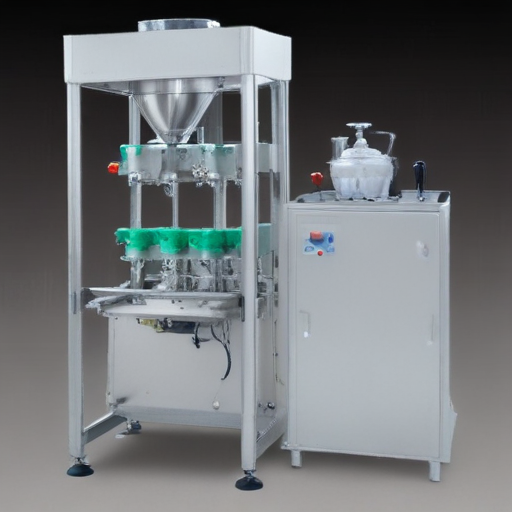
Custom Manufacturing Options for shampoo packing machine
Custom manufacturing options for a shampoo packing machine can significantly enhance efficiency, ensure product safety, and meet specific production requirements. Here are some customizable features:
1. Filling Mechanism: Options include volumetric, gravimetric, or piston mechanisms. Customization can ensure precise measurement according to viscosity and foaming characteristics of the shampoo.
2. Packaging Types: Machines can be tailored for varying packaging forms like bottles, sachets, or pouches. Adjustments can be made to handle different sizes and shapes.
3. Output Capacity: Depending on production needs, the machine can be designed for various speeds ranging from low-volume, artisanal products to high-speed, mass production lines.
4. Automation Level: Solutions range from semi-automatic to fully automatic systems, including integrating robotics for tasks like capping and labeling.
5. Material Compatibility: Machines can be customized to handle specific materials like PET, HDPE, or flexible films, ensuring compatibility with environmental and regulatory standards.
6. Integration Capabilities: Customizations can allow the machine to sync with existing production lines, including upstream and downstream equipment like mixers, conveyors, and palletizers.
7. Hygiene Standards: For shampoo and other personal care products, machines can be tailored to meet stringent hygiene requirements with easy-to-clean designs and materials that withstand sanitation processes.
8. Control Systems: Advanced control systems with HMI (Human Machine Interface), PLC (Programmable Logic Controllers), and IoT (Internet of Things) can be integrated for real-time monitoring and data analysis.
9. Tamper-Evident Features: Custom machines can include options for tamper-evident sealing to enhance product security.
10. Aesthetic Customization: Custom labeling and printing mechanisms like hot stamping or digital printing can provide flexibility for brand-specific designs.
Tailoring these options can maximize productivity, reduce waste, and ensure the final product meets both consumer and regulatory expectations.
List Quality Control and The Manufacturing Process of “shampoo packing machine”
Quality Control for Shampoo Packing Machine:
1. Incoming Material Inspection:
– Verify received components for compliance with design specifications.
– Conduct dimensional and functionality checks on parts.
2. In-Process Quality Checks:
– Monitor assembly stages to ensure adherence to engineering standards.
– Inspect sub-assemblies for alignment, fit, and function.
3. Visual and Functional Inspections:
– Perform visual inspections for defects like scratches or misalignments.
– Test mechanical functions and automation accuracy.
4. Final Testing:
– Conduct a comprehensive final check to ensure the machine operates correctly.
– Simulate real-world conditions by running test batches.
– Validate safety features and compliance with regulatory standards.
5. Document Review:
– Ensure all quality records, inspection reports, and certifications are complete and filed.
– Review maintenance and operation manuals for accuracy.
6. Customer Feedback and Continuous Improvement:
– Collect and analyze client feedback for machine performance.
– Implement corrective actions and design improvements based on data.
Manufacturing Process of Shampoo Packing Machine:
1. Design and Prototyping:
– Engineers create detailed CAD designs and specifications.
– Develop prototype units for initial testing and refinement.
2. Material Procurement:
– Source high-quality materials and components in compliance with design requirements.
– Negotiate with suppliers for timely delivery and quality assurance.
3. Machining and Fabrication:
– Use CNC machines, lathes, and other equipment to produce precision parts.
– Fabricate the frame and other structural components.
4. Assembly:
– Skilled technicians assemble the machine components, including mechanical parts, electrical systems, and control units.
– Align and calibrate moving parts to ensure smooth operation.
5. Electrical and Software Integration:
– Install the necessary wiring, sensors, and control systems.
– Integrate PLCs (Programmable Logic Controllers) and test software functions.
6. Testing and Calibration:
– Conduct a series of rigorous tests to ensure performance standards.
– Make fine adjustments for optimal operation.
7. Packaging and Delivery:
– Properly package the machine for transportation to avoid damage.
– Organize shipping logistics and provide installation support to clients.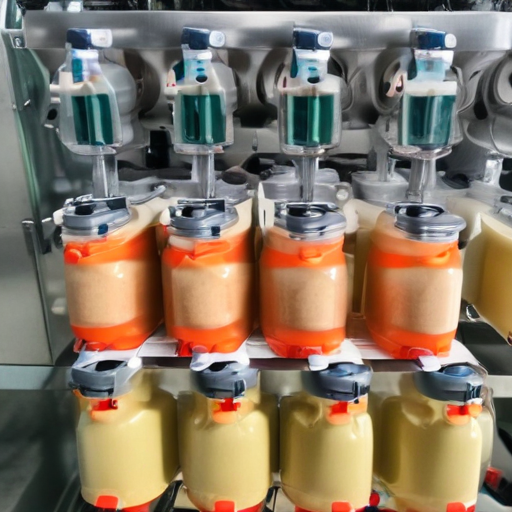
How to use “shampoo packing machine”
Using a shampoo packing machine involves several key steps to ensure that the process runs smoothly and efficiently. Here is a step-by-step guide to help you operate the machine:
1. Setup Machine:
– Place the machine on a stable surface and connect it to a power supply.
– Attach any necessary components, like the feeding hopper, conveyor belt, or sealing unit.
2. Prepare Shampoo:
– Ensure the shampoo is properly mixed and free of clumps.
– Pour the shampoo into the machine’s feeding hopper.
3. Load Packaging Material:
– Load the roll of packaging film (usually plastic or laminated material) onto the machine.
– Thread the film through the guides, ensuring it aligns with the sealing and cutting sections.
4. Adjust Settings:
– Set the desired parameters, such as filling volume, packaging size, sealing temperature, and speed.
– Refer to the user manual for specific instructions on setting these parameters.
5. Run a Test Cycle:
– Operate the machine without shampoo first to check the alignment, sealing, and cutting.
– Make necessary adjustments if there are any discrepancies.
6. Start Production:
– Turn on the machine and press the start button.
– Monitor the process to ensure smooth operation. The machine will fill, seal, and cut the packaging simultaneously.
7. Quality Control:
– Periodically check the packed shampoo sachets for consistent volume, proper sealing, and any defects.
– Adjust machine settings if you notice discrepancies.
8. Maintenance:
– Regularly clean the machine to prevent clogging and buildup.
– Perform routine checks on components like seals and blades to ensure longevity and efficiency.
By following these steps, you can efficiently use a shampoo packing machine while maintaining high standards for your final product. Always consult the machine’s specific manual for detailed instructions and safety guidelines.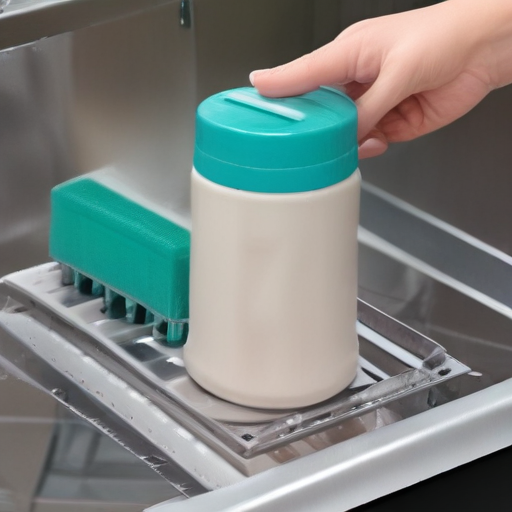
List Properties and Terms of “shampoo packing machine”
Certainly! Here are the properties and terms related to a “shampoo packing machine”:
### Properties:
1. Material Compatibility: Suitable for various packaging materials like plastic bottles, sachets, pouches.
2. Filling Accuracy: High precision in filling to ensure consistent product quantity.
3. Speed: Variable speed settings for different production needs, measured in units per minute.
4. Automation Level: Ranges from semi-automatic to fully automatic systems.
5. Hopper Capacity: Determines the amount of shampoo the machine can hold before refilling.
6. Sealing Mechanisms: Types include heat sealing, ultrasonic sealing.
7. Control Systems: Equipped with PLC touch interfaces for easy operation and control.
8. Capping and Labeling: Integrated systems for capping bottles and labeling.
9. Maintenance: Features for easy cleaning and minimal downtime.
10. Build Material: Stainless steel construction for durability and hygiene.
### Terms:
1. PLC (Programmable Logic Controller): Used for controlling machine operations.
2. Servo Motor: Provides precise control of the filling and packing processes.
3. Nozzles: Dispensers used for filling shampoo into containers.
4. Conveyor Belt: Transports containers through different stages of packaging.
5. Sachet Machine: Specialized for packing shampoo in small sachets.
6. Gravimetric Filling: Uses weight to control the amount of shampoo dispensed.
7. Volumetric Filling: Uses volume to measure and dispense shampoo.
8. Automatic Bottle Fillers: Fill shampoo into bottles automatically.
9. HMI (Human Machine Interface): Touchscreen panels for operator interaction.
10. Inline Filling: Allows for continuous filling of containers.
By understanding these properties and terms, one can better select and operate a shampoo packing machine tailored to specific production needs.
List The Evolution history of “shampoo packing machine”
The evolution of shampoo packing machines reflects advancements in technology, automation, and consumer demand for convenience and efficiency.
Early Manual Methods (Pre-1950s)
Packaging shampoo initially involved manual processes with workers filling bottles by hand and sealing them with basic lids. This method was labor-intensive and prone to inconsistencies.
Semi-Automatic Machines (1950s-1960s)
The introduction of semi-automatic filling machines marked a significant progression. These machines incorporated basic automation, facilitating faster and more uniform filling and sealing than manual methods. However, human intervention was still necessary for certain steps.
Fully Automatic Machines (1970s-1980s)
Technological advances led to the development of fully automatic shampoo packing machines capable of performing tasks such as filling, capping, and labeling without manual intervention. These machines used sensors and PLC (Programmable Logic Controllers) for improved precision and efficiency.
Integration with Bottling Lines (1990s)
Shampoo packing machines became integral components of sophisticated bottling lines, which included processes like bottle unscrambling, filling, capping, labeling, and quality checking. These integrated systems enhanced production speed and consistency, meeting the demands of large-scale manufacturing.
High-Speed and Multi-Function Machines (2000s)
The 2000s saw the rise of high-speed packing machines capable of handling higher volumes while maintaining accuracy. Multifunctionality became standard, with machines capable of packaging various bottle shapes and sizes and even incorporating features such as tamper-evident seals and RFID tags for traceability.
Smart and Sustainable Packaging Solutions (2010s-Present)
Modern shampoo packing machines feature IoT (Internet of Things) connectivity, remote monitoring, and predictive maintenance capabilities. These smart machines optimize efficiency and reduce downtime. There’s also a growing focus on sustainability, with machines designed to minimize waste, accommodate eco-friendly packaging materials, and reduce energy consumption.
In summary, shampoo packing machines have evolved from manual, labor-intensive processes to highly automated, efficient, and sustainable systems, continually adapting to technological advancements and market needs.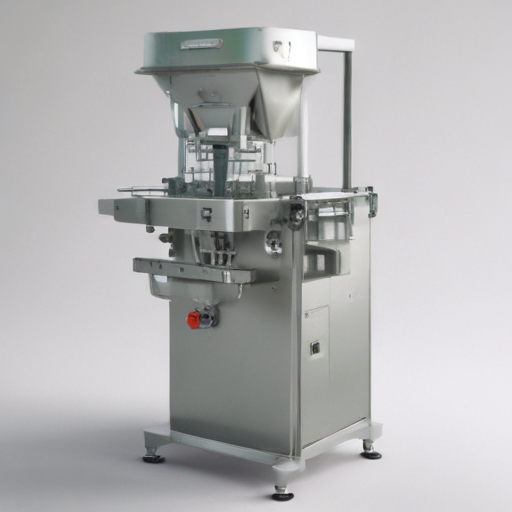
How to Select a Reliable shampoo packing machine
Selecting a reliable shampoo packing machine involves several key considerations to ensure efficiency, quality, and durability. Here’s a concise guide to help you make an informed decision:
1. Determine Your Requirements: Establish the type of packaging (e.g., sachets, bottles, pouches), production capacity, speed, and specific features needed (e.g., sealing type, multi-lane options).
2. Machine Type: Choose between automatic and semi-automatic machines based on your production scale. Automatic machines are suitable for high-volume production, while semi-automatic machines might be sufficient for smaller operations.
3. Quality and Durability: Look for machines made from robust materials like stainless steel, which offer longevity and resistance to corrosion, especially important for handling liquid products.
4. Manufacturer Reputation: Opt for well-known brands with a good track record in packaging machinery. Reviews, testimonials, and industry certifications (e.g., ISO) are good indicators of reliability and quality.
5. Technical Support and Service: Ensure the manufacturer provides adequate after-sales support, including installation, training, maintenance, and readily available spare parts. This is crucial for minimizing downtime and ensuring smooth operations.
6. Flexibility and Scalability: Choose machines that can handle different packaging formats and sizes, and that allow for upgrades. This flexibility ensures the machine can adapt to future production changes or expansions.
7. Ease of Use: Select a machine with a user-friendly interface and straightforward operation procedures to minimize training time and reduce the risk of errors.
8. Cost vs. Value: While cost is important, consider the long-term value and return on investment. A more expensive, high-quality machine often proves more economical over time due to lower maintenance costs and higher reliability.
9. Compliance and Safety: Ensure the machine complies with industry standards and safety regulations, reducing the risk of legal issues and enhancing workplace safety.
By considering these factors, you can select a shampoo packing machine that meets your needs, ensuring efficient, reliable, and high-quality production.
List “shampoo packing machine” FAQ
Sure, here are some frequently asked questions (FAQ) about shampoo packing machines:
1. What is a shampoo packing machine?
– A shampoo packing machine is a type of automated equipment designed to fill and seal shampoo into various packaging types such as bottles, sachets, or pouches.
2. What kinds of shampoo packing machines are available?
– There are several types including sachet packing machines, bottle filling machines, and flow wrap machines. The choice depends on the packaging format and production needs.
3. How does it work?
– The basic process involves feeding the shampoo into the machine, which then measures, fills, and seals the product into the desired packaging.
4. What are the benefits of using a shampoo packing machine?
– Increased efficiency, consistent fill levels, reduced labor costs, and enhanced product hygiene are some key benefits.
5. Can the machine handle different packaging sizes?
– Yes, many machines come with adjustable settings to handle various packaging sizes and volumes.
6. What are the material requirements?
– The materials compatible with the machine depend on the model and packaging type, such as plastic, laminated film, or biodegradable materials.
7. How do I maintain the machine?
– Regular cleaning, lubrication, and parts inspection are essential. Follow the manufacturer’s maintenance schedule for optimal performance.
8. Is it difficult to operate?
– Modern machines are designed for ease of use with user-friendly interfaces. Initial training is usually sufficient to get started.
9. What about the speed of packing?
– Packing speed varies by machine type and model, ranging from several dozen to several hundred packs per minute.
10. Can it handle different viscosity levels?
– Yes, many machines are designed to handle various viscosities but check the specifications to ensure compatibility with your product.
11. What is the cost?
– Costs vary based on features, capacity, and brand, ranging from a few thousand dollars to higher-end models costing significantly more.
12. Are there safety features?
– Most modern machines come with safety features such as emergency stop buttons and protective guards.
This concise FAQ should give you a good overview of shampoo packing machines within a limited word count.
Top 10 FAQ with answer about shampoo packing machine for Buyer Sourcing from China
1. What types of shampoo packing machines are available?
– There are several types, including liquid filling machines, sachet packing machines, and automatic bottle filling and capping machines tailored for shampoo products.
2. What production speed can I expect?
– Production speeds vary by machine type, but automatic machines can typically handle up to 60-120 bottles or sachets per minute.
3. Are these machines customizable?
– Yes, many manufacturers offer customization options to match specific production requirements, such as bottle size, filling volume, and labeling needs.
4. What are the power requirements?
– Most machines operate on standard industrial power supplies, usually 220V/380V, 50Hz/60Hz. Always confirm the specifications with the manufacturer.
5. Can the machines handle different viscosities of shampoo?
– Yes, advanced machines can handle various viscosities, from watery solutions to thicker creams, using adjustable speed and pressure settings.
6. Is technical support available?
– Reputable Chinese manufacturers usually offer comprehensive technical support, including installation, training, and troubleshooting, either on-site or remotely.
7. What are the common materials used for machine construction?
– Stainless steel is the most common material, particularly for parts in contact with the product, to ensure hygiene and durability.
8. What is the typical lead time for manufacturing and delivery?
– Lead times typically range from 30 to 60 days, depending on the complexity and customization of the machine. Shipping takes additional time.
9. What quality standards are these machines built to?
– Compliance with international standards such as CE, ISO, and GMP is common. Verify the certifications with the supplier.
10. What warranty and after-sales service are offered?
– Most manufacturers provide a 1-2 year warranty. After-sales service usually includes spare parts, online support, and sometimes on-site maintenance.
These FAQs aim to provide a concise overview for buyers looking to source shampoo packing machines from China, ensuring they address the key concerns and requirements.

